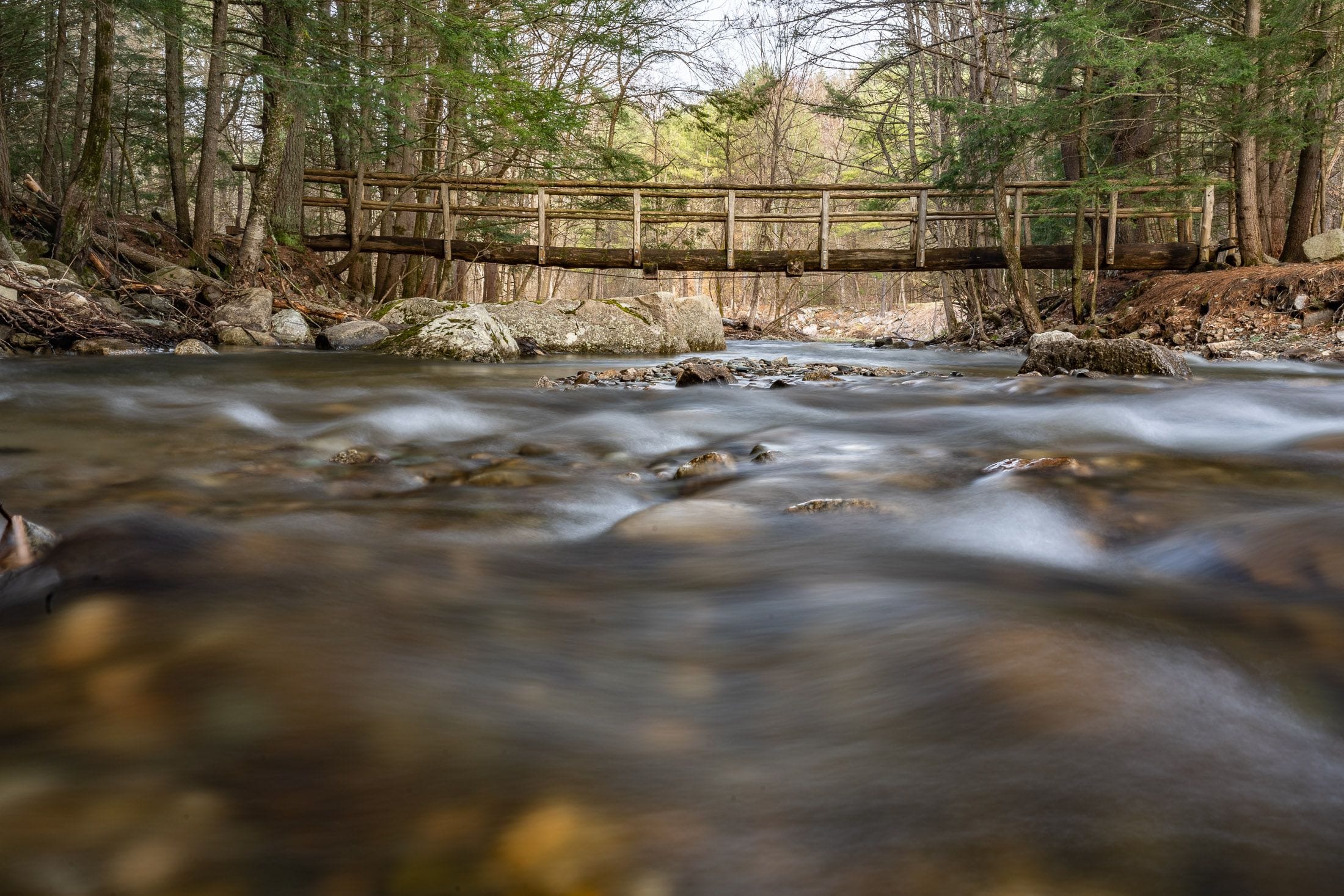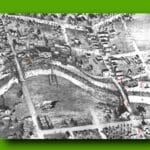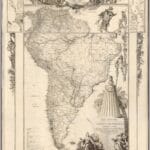Imagine the tension, the palpable fear hanging in the air – it’s 1675, and the heart of New England pulses with the escalating conflict of King Philip’s War. This wasn’t merely a disagreement; it represented a full-blown clash of cultures, sparked by the persistent expansion of English settlers into the ancestral lands of Indigenous peoples.
A Brutal Clash in Colonial History
The Bloody Brook Massacre, a horrifying event that unfolded on September 28, 1675, stands as a chilling testament to the brutal realities of colonial conflict. While the exact location of the massacre falls within present-day South Deerfield, Massachusetts, its devastating impact reverberated throughout New England, leaving an indelible mark on the history of the region, including New Hampshire.
This conflict wasn’t a sudden eruption; rather, it was the culmination of long-simmering tensions. Imagine the growing resentment of the Indigenous communities as they witnessed the relentless encroachment of English settlers, the breaking of treaties, and the blatant disregard for their way of life. This pressure cooker of animosity ultimately reached a boiling point, igniting a war fueled by a desperate struggle for land and the disintegration of trust.
Unveiling the Ambush: What Happened at Bloody Brook?
Picture this: a contingent of English militia, led by Captain Thomas Lathrop, is on a critical mission – escorting wagons laden with recently harvested grain from Deerfield to the relative safety of Hadley. These men, probably believing they were simply performing a routine task, had no inkling of the danger lurking nearby.
Unbeknownst to them, concealed amidst the dense undergrowth surrounding the brook, lay a formidable force of Pocumtuc, Nipmuc, and Wampanoag warriors. These warriors, deeply familiar with the terrain and masters of the art of surprise, were prepared to defend their ancestral lands with unwavering resolve.
As Lathrop and his men approached the brook, they walked directly into the carefully laid ambush. The Indigenous warriors, seizing the tactical advantage, unleashed a swift and devastating assault. The militia, taken completely off guard, stood little chance against the ferocity of the attack.
The brook, once a serene and picturesque waterway, was transformed into a scene of unimaginable carnage, its waters stained crimson with the blood of the fallen. Nearly sixty English men, including Captain Lathrop, perished that day, forever cementing the brook’s grim moniker: Bloody Brook.
The aftermath of the massacre sent shockwaves of anguish and fury throughout both communities. For the Indigenous people, it represented a significant victory, a testament to their strength and determination in the face of adversity. However, this victory was undoubtedly tinged with sorrow, as they too grappled with the devastating consequences of war.
The English colonists, consumed by grief, anger, and fear, responded with even greater force, escalating the cycle of violence that plagued the region. The Bloody Brook Massacre serves as a chilling reminder of the tragic consequences of colonial expansion, the clash of cultures, and the enduring struggle for land and autonomy.
Are you seeking the exact geographical coordinates of Niani? We provide a comprehensive guide to the enigmatic Niani and its captivating location. Delve into our Niani map location to uncover the precise coordinates and embark on a virtual exploration of this alluring destination.
Key Points:
- The Bloody Brook Massacre took place in 1675 during King Philip’s War in what is now Massachusetts.
- Mounting tensions between English colonists and Indigenous people, stemming from westward expansion and treaty violations, erupted into a full-blown war.
- On September 28, 1675, an English militia escorting a vital wheat harvest was ambushed by Indigenous warriors.
- Nearly 60 English men, including their leader, Captain Thomas Lathrop, were killed in the attack, staining the brook red with their blood.
- The massacre sent shockwaves of horror and anger through both the Indigenous and English communities, further fueling the cycle of violence.
- The legacy of the Bloody Brook Massacre serves as a stark reminder of the ongoing struggle for land, the tragic consequences of cultural clashes, and the paramount importance of pursuing peace.
- Learning from the tragic events of the past and fostering a deeper understanding of our shared history with Indigenous communities is crucial to preventing such tragedies from recurring.
- Unlocking Francis Alexander Shields’ Finance Empire: A Comprehensive Biography - July 12, 2025
- Unveiling Francis Alexander Shields: A Business Legacy - July 12, 2025
- Francis Alexander Shields’ Business Career: A Comprehensive Overview - July 12, 2025
















1 thought on “The Bloody Brook Massacre: A Brutal Chapter in Early New Hampshire History”
Comments are closed.